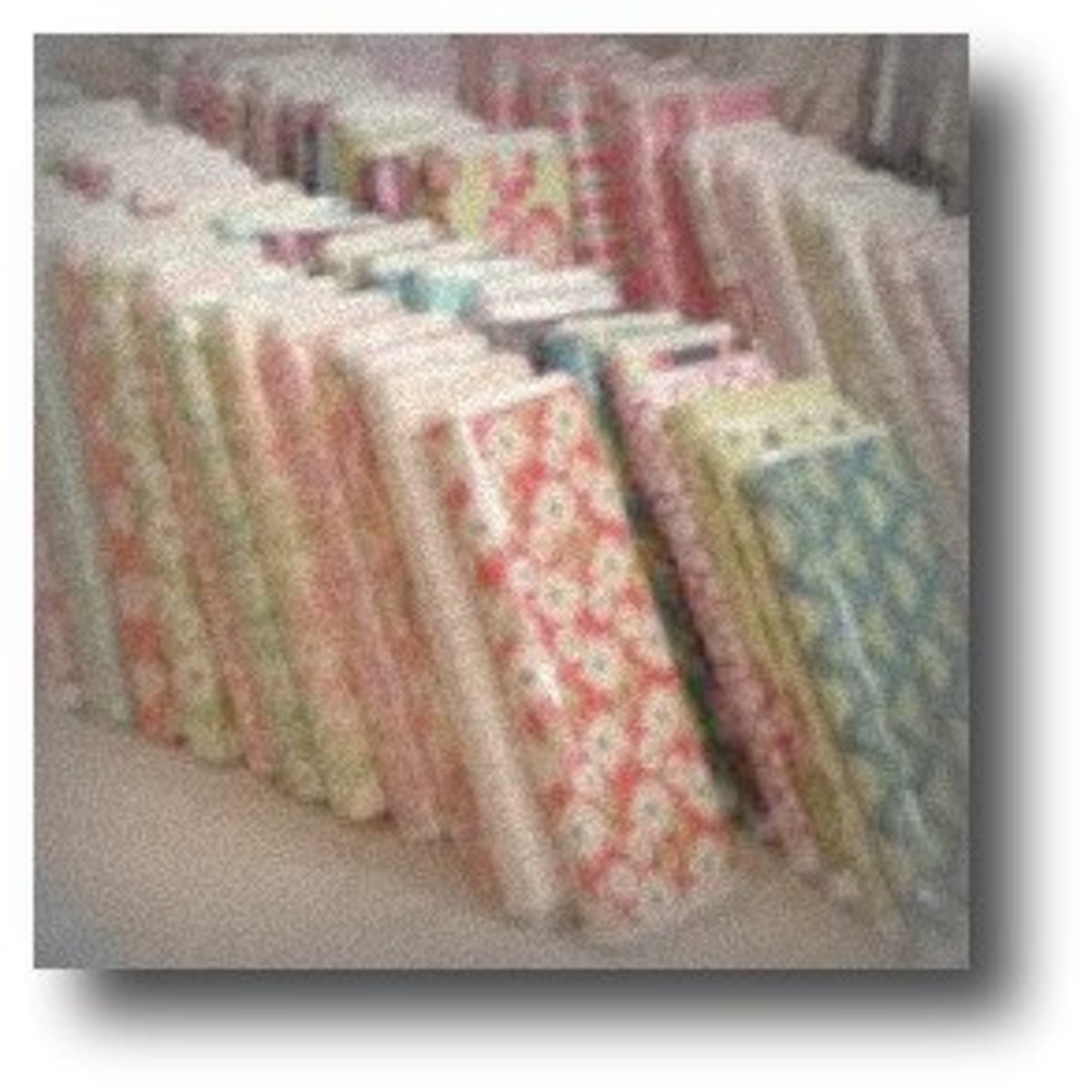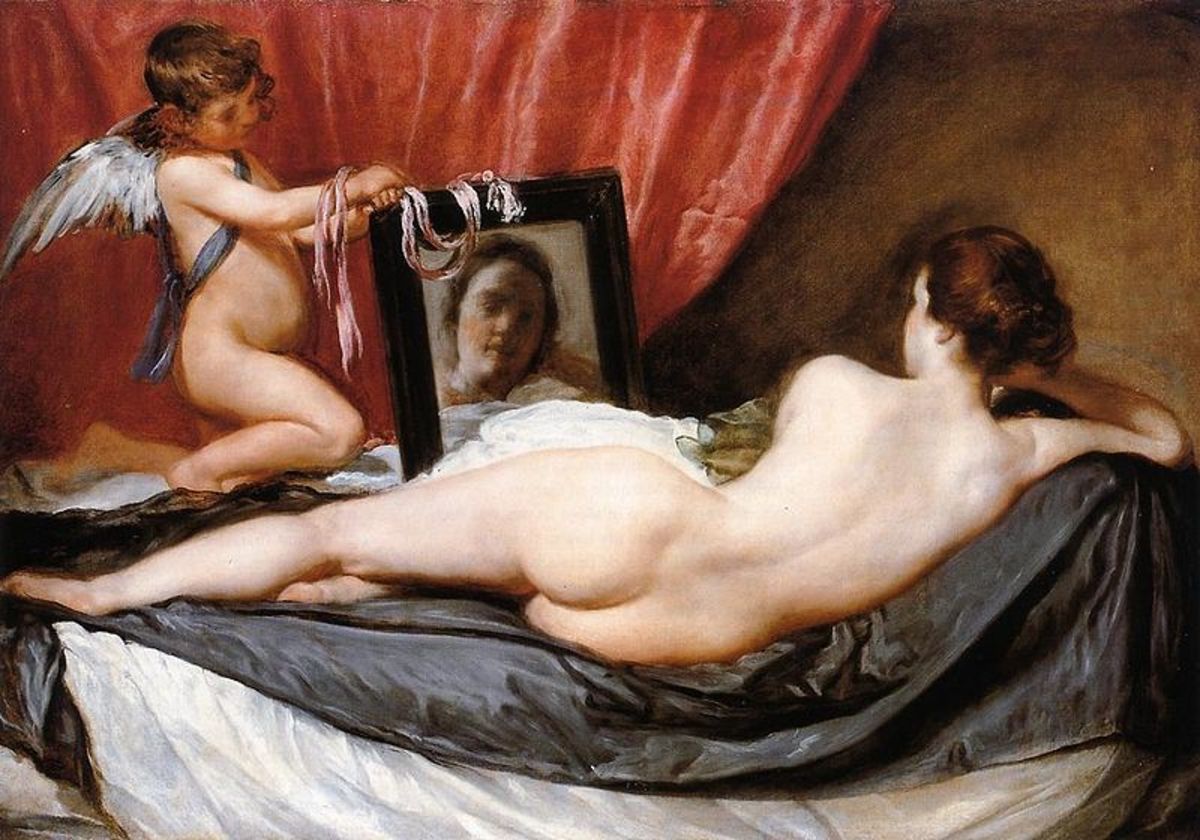Glass
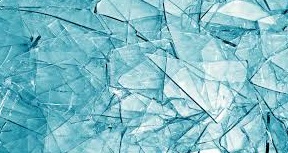
Introduction
Solids which are amorphous lacking a order range and show glass-liquid transition on application of temperature are called glass. Common use of glass is in making panes, vile, tubes and electronic devices. Silicate glass having silicon dioxide mixed with certain chemical compounds have been used since ancient times. Glass originated in the stone age and volcano ash provided a natural source for glass. Glass was made near Syria in ancient times and it was a luxury material. Chinese, Romans, and Germans started making glass and it became popular.
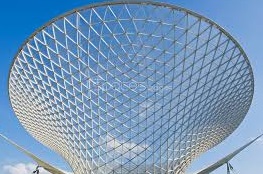
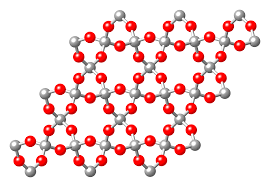
Constituents and Properties
Containers made of glass are made using above mentioned silicate compounds. Various additives are regulated and mixed with silicate compounds to change the durability, heat stability, and light transmittance of the glass. Glass has the property of allowing the light to pass through, reflecting the light and refracting light at various angles. These properties of glass are used to make window panes where light transmission is an important factor. Light is reflected and refracted in glass and both the properties are used for data transmission in optical fibers at very high speeds. Polished prisms and lenses are also created using these properties. Enamels and metallic slats are used to make colored glass used for making art. Bowls, bottles and paperweights are made of glass as it is a durable material and because glass can be molded in any shape. Glass wool locks air and this makes it an insulator. Spectacles and water glasses are made using glass material. Polymer glasses like thermoplastics are very popular today and many useful products like eye wear are created from them. Vitrified glass is produced when lightening is used on sand creating a fluorite structure. Silicon dioxide free from any impurities is very fine quality glass material. Usually soda and metal oxides are mixed in silicon dioxide. Majority of glass material is produced using the above method. Lead and barium are added to silicon dioxide to produce a fine quality glass which had high refractive index and good light dispersion. Certain types of glasses can absorb harmful wavelengths of light due to added metals or oxides.
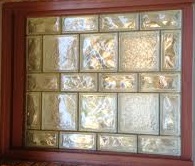
Types of Glass and Uses
Different types of glasses are manufactured and use according to their properties. Vitreous quartz does not expand much on application of temperature and is very resistant to ion leaching. Therefore vitreous quartz is used to make lighting tubes and crucibles. Window glass is made using combinations of oxides of metals like sodium, calcium, aluminium, and magnesium. Window glass is resistant to corrosion by water ions and so it is used to make container glass. Pyrex glass contains sand mixed with oxides of boron, sodium and aluminium. The glass has low thermal expansion and used to make cooking glass and head lights. Certain variants of Pyrex glass are used to make reagent bottles and glassware as they resist cracks and stress. Glasses made of sand and oxides of lead, potassium, zinc, sodium and aluminium have very high density and refractive index. This results in a high quality crystal glass which is used in factories. Fishing boats, halogen lights and fiber glass is made of quartz mixed with oxides of calcium, aluminium and barium. For fiber optic communications, glass is made by oxides of germanium and aluminium as almost no data is lost due to transmission. Poly crystalline materials scatter light and are not preferred as a substitute for glass materials. The molecules in glass do not form rigid crystals when glass is cooled. Hence the surface of glass remains smooth and clear. Lenses are made using glass. The refractive index of glass can be changed using metals and multiple glass types are made according to the desired refractive index. Due to inert nature of glass, it is used extensively to store chemical compounds. Glass is produced in blast furnaces and refined . Different methods are employed to manufacture glass. Electrical ions are added in glass and allowed to spread homogeneously. Ions are responsible for color in glass. Green colored glass is produced using iron oxides and chromium oxides. Amber glass contains poly sulfides and gives glass a wide range of colors from yellowish green to black. Many combinations of oxides of different elements are used to color art glass and other raw glass depending on the need and expertise of the manufacturer. Curtain walls made up of glass, laminated glass, wind screen, aperture and lenses are made up of glass. New properties of glass and uses are under research by scientists and glasses are being made today which have components other than silicon dioxide as the basic material.




